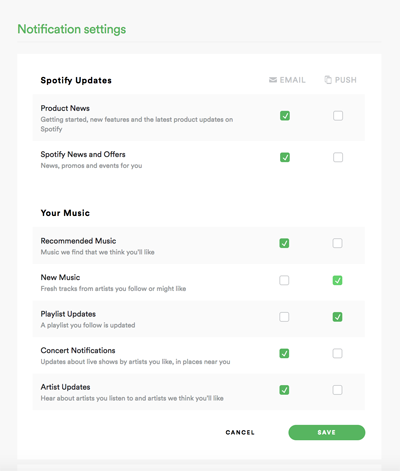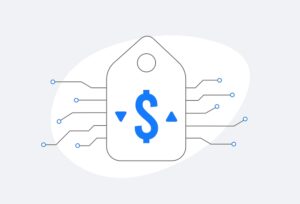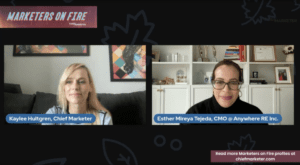The quantity-over-quality debate in email marketing has become a bit of a moot point since the advent of the GDPR. In order to comply with the regulation’s consent requirements, marketers have been forced to launch re-permission campaigns for existing subscribers, and pushed toward introducing double opt-ins for new sign-ups. But this is actually good news for marketers. Not only do double opt-ins help with regulatory compliance, they also provide an opportunity to ensure that customers really want to be on your list.
How a preference center is the Rolls Royce of double opt-ins
An unimaginative marketer will see the double opt-in process as a binary decision. A customer is either opting in or out. But making a preference center part of the process gives subscribers an opportunity to select the types of emails they want to see and how often they want to see them. Allowing for such preference selection significantly reduces the likelihood of customers unsubscribing in the future.
But there’s an added benefit — the preference center can also play a role in saving those who do end up clicking that ‘Unsubscribe’ link. A link that leads to a preference center will give the user a chance to fine-tune their preferences as an alternative to unsubscribing completely. They may be happy with your emails but simply find the frequency too much. Or they may only be interested in a specific product category and find the rest of what you send irrelevant. Without providing an opportunity for a subscriber to refine their preferences, every customer who clicks an unsubscribe link is lost — and probably forever.

This fantastic example from Spotify, the music streaming service, is presented to a user when they sign-up, again if they click ‘Unsubscribe’ in an email, and it’s also available at any time, through the user’s account.
It’s worth noting that every option in the “Your Music” section of this preference center is a marketing campaign. “Concert Notifications,” for example, is essentially a cross-sell campaign. Spotify is using their preference center to have customers opt-in to cross-sell offers.
To old-school email marketers, that might feel like a revolutionary concept but it makes complete sense. Instead of blasting these offers to absolutely everyone on their list, Spotify is specifically targeting only those subscribers who want to receive them, which also means those offers can be precisely personalized per user, based on other data. The result may be a smaller number of individual members receiving those emails, but engagement rates will be so much higher.
The preference center as market research
Preference centers fall into three categories—email frequency (daily, weekly, monthly, etc.), email type (special offers, product updates, promotions, etc.), or a combination of the two.
Whichever type works best for your business, the choices you offer should be relevant to the customer and be based on their needs, not yours. While a preference center can be a great opportunity for you to collect additional data points about your customers, data that will allow you to finely personalize your email content, overcomplicating things just for the sake of it will defeat the purpose.
Asking subscribers for too much, too fast can be overwhelming, which will make the Unsubscribe from all option the easiest for a user to choose. Make sure the choices you offer are clear and uncomplicated. Use short descriptions, like Spotify’s, to ensure that the subscriber knows exactly what they’re opting into.
You might also consider rolling out additional options to subscribers gradually, based on time or behavior. A subscriber who reaches a certain open or clickthrough threshold, for instance, might unlock special preference center features or offers. You can also retire underperforming options or add new campaigns, to potentially engage subscribers who didn’t care for existing options. Spotify, for example, could add a “Music from Your Friends” option, allowing users to receive notification of what their friends are listening to. Just make sure whatever options you roll out serve double-duty — first and foremost by adding value for the subscriber while also allowing you to collect the additional data you need.
Make your preference center an on-brand experience
Like everything else a marketer does, a preference center should be unflinchingly on-brand. Make sure everything, from the visual look and feel, to the voice and tone of the copy, accurately and authentically reflects your brand personality.
Don’t be afraid to apply the same creativity you use in your email content to your preference center. Fashion retailers, for example, could ask users to select their style preferences by choosing from a list of historical and current fashion icons, from Greta Garbo to Marilyn Monroe to David Bowie to Beyoncé.
You May Also Enjoy:
- Better B2B Email: 10 Quick Tips
- Why Inbox Placement Matters
- The Future of Email in a Voice Technology World
Consider taking an interesting approach to your preference center as a whole. For instance, you might add elements of gamification or interactivity by making preference selection feel like a personality quiz or by adding an email preview pane that updates in real-time, based on the user’s selections, to show them what they can expect.
Best-case scenario, your preference center will prevent unsubscribes by bringing fans whose loyalty might be waning back into the fold, while allowing new sign-ups to choose what they want up-front, reducing the likelihood of an unsubscribe down the road. The end result is a list that might be smaller than you’ve been used to in the past, but it will be a list comprised of highly engaged customers who are truly interested in hearing from you. And savvy marketers should always have a preference for engaged customers.
Matt Harris is co-founder and CEO of Sendwithus, the Dyspatch company.




 Network
Network

